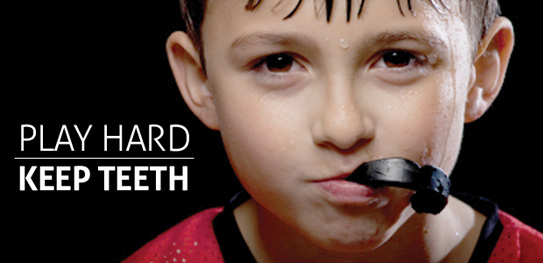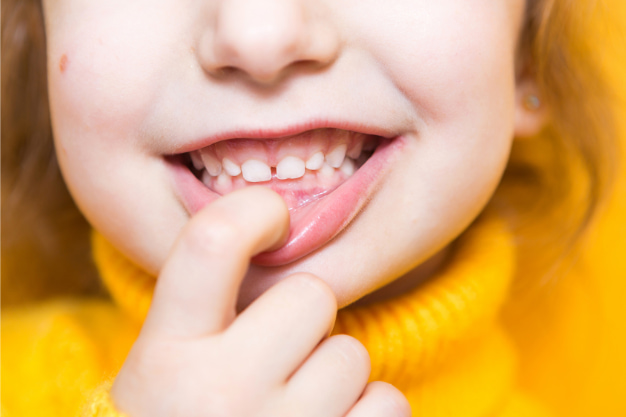The Oral-nasal cavity and surrounding structures have 3 important functions for humans:
- The first one is vital which is breathing. We cannot hold our breath more than a few minutes
- The second one is chewing, which is an equally important function to get nutrients necessary for our body and to be able to digest food properly.
- And the third one is talking and smiling which is also extremely important for our personal development and building healthy social relationships
Why nose breathing is important for our health?
Nose breathing is crucial for the proper growth of the oronasal structures because the air passing through the nose and nasopharengeal airways get filtered out from impurities such as dust, allergens, or pollen before reaching the lungs. Also, the air is warmed to body temperature and humidified in the nose which makes it easier for the lungs to use. And finally, the nose releases nitric oxide which helps to widen blood vessels and can improve the oxygen to circulate within our body. For nasal breathing to be effective and sustainable for the body’s health the amount of air at each breath should be enough every time. In case there is a resistance on the upper airways due to enlarged tonsils or adenoids, deviated nasal septum, or narrow nostrils, for example, the child opens his/her mouth to compensate for the insufficient air volume.
How does mouth breathing affect oronasal structures?
In growing children keeping the mouth open for a long time may have certain detrimental effects on the growth and development of the jaw bone and dental arches with a domino effect. Since the lips and cheek muscles are stretched, they constrict the upper jaw. As the upper jaw gets narrow and deep, because of the neighbourhood it blocks the nose as it deviates the nasal septum. This leads to a lack of space for the erupting permanent teeth therefore may cause crowding and tongue parafunction such as tongue thrusting. In this posture, the tongue stays on the floor of the mouth and the child cannot swallow or talk properly. Because the tongue goes in between the front teeth this may lead to an orthodontic problem called an open bite.
What are the consequences of an open bite?
Open bite is a common problem amongst mouth breathers. Depending on how big the opening between the teeth this may cause an esthetic problem. The front teeth may not be visible during talking and smiling. Also because there is a lack of contact between the teeth the young individual cannot chew and crush the food properly so digestion track problems may be seen. Also, a child’s speech could be affected. Pronouncing certain sounds such as S and SH could be difficult which may need a speech therapist to intervene.
Many times mouth breathing is not due to an obstacle on the upper airways but because of increased lower facial height as part of the growth of the face and the jaws. The lips cannot make a seal due to vertical skeletal discrepancy. Orthodontic treatment would be helpful to reduce the vertical facial height and create a lip seal.
Last but not least lip muscles have not enough tones, so they stay apart which encourages the child to breathe through the mouth. Exercises to strengthen the lips muscles would be a good solution to tackle this problem.
How Do I Know if My Child is a Mouth Breather
A very simple technique to find out if your child breaths through his/her mouth due to a blockage on the upper airway or just because of the lack of tone on the muscle is to use tape to seal the lips for about a minute or so. If the child cannot keep his/her lips closed and needs to open then it means there is a resistance on the airways.
Is your child a mouth breather? Please consult an orthodontist to find out more.












